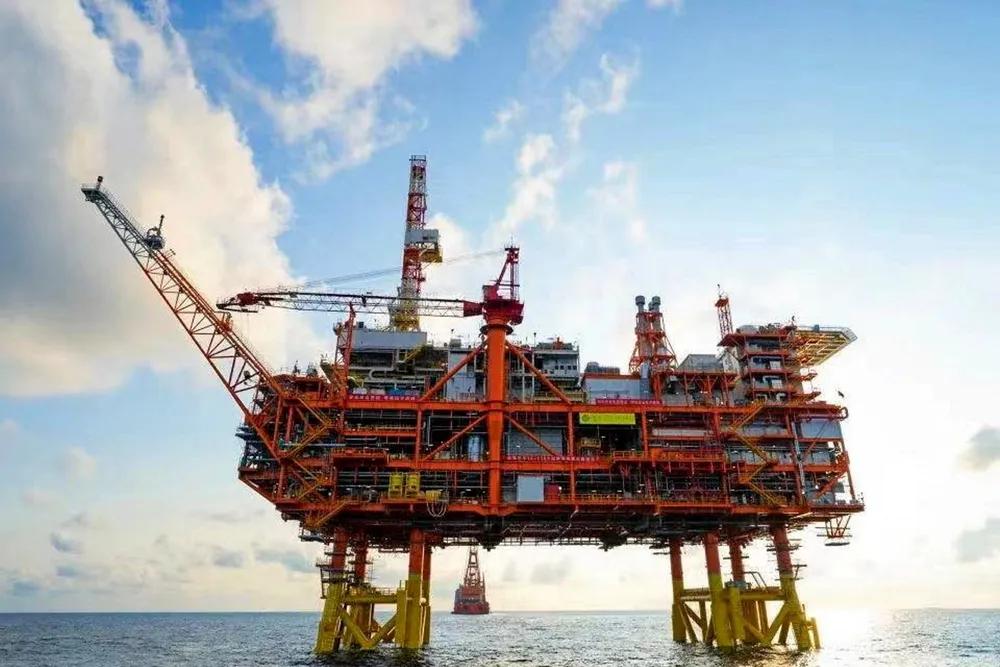China ponders fresh carbon capture scheme for South China Sea field
Project could store 15 million tonnes of carbon dioxide and enhance oil recovery at Wuishi oilfield by 2 million tonnes

Project could store 15 million tonnes of carbon dioxide and enhance oil recovery at Wuishi oilfield by 2 million tonnes
